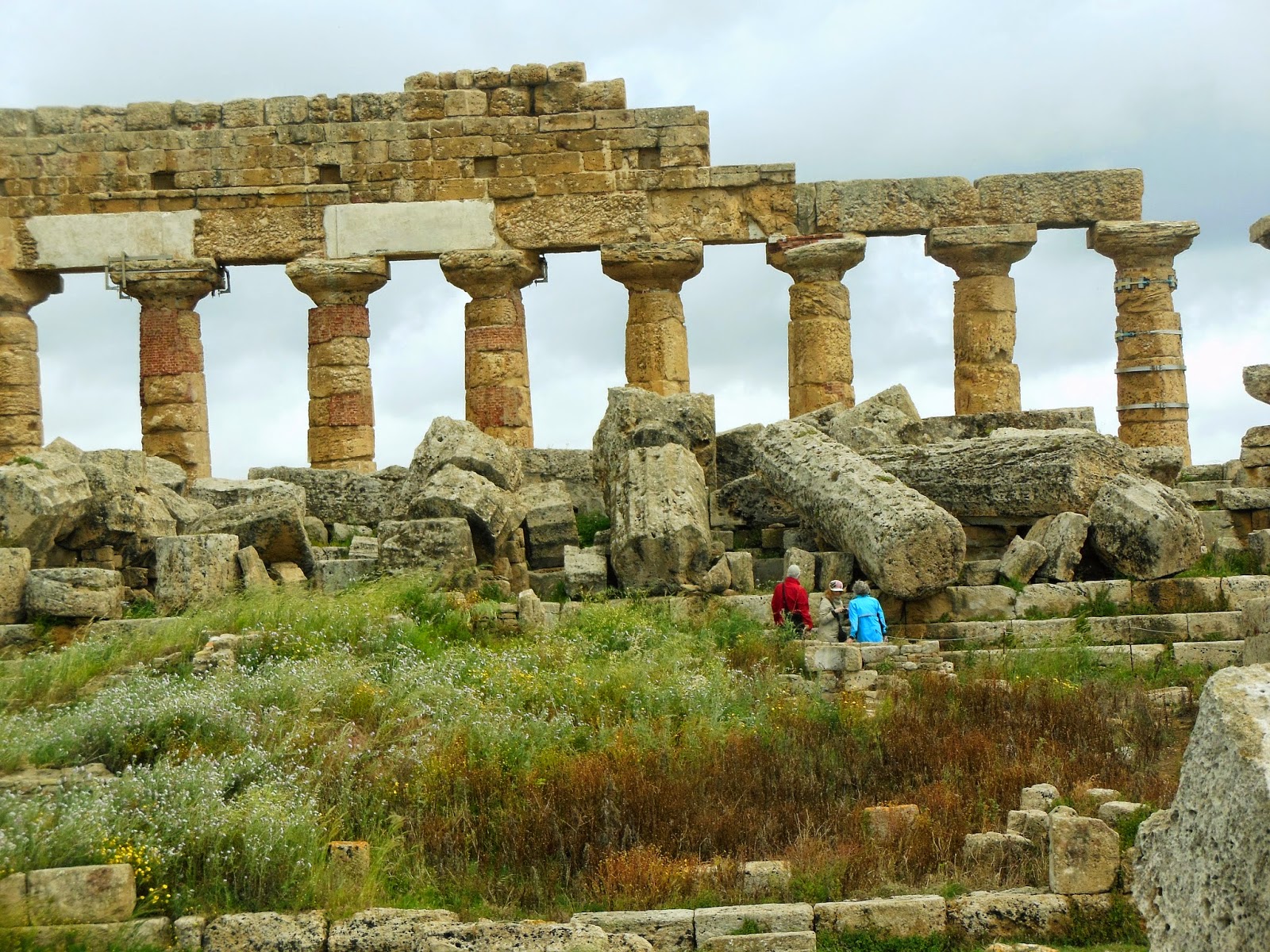The ancient Greeks conquered and colonized the whole eastern Mediteranean during their period of dominance 2,500 years ago. Their western-most outpost was Sicily, where the Greek ruins are said to be in better shape than those in Greece.
The Greeks first settled Sicily in the 8th century BC. They established seven colonies there…mostly along the east and south coasts. The Sicilian colonies were very prosperous. They thrived.
At one point, about four centuries after it was first settled, the city of Siracusa was the largest in Magna Graecia…even larger than Athens. Archimedes, the great mathematician and physicist, lived not in Greece proper, but in Siracusa.
We have written before about the Etruscans…Greeks who settled on the Italian peninsula. What makes them any different from the Greek colonies on Sicily?
The Etruscans were Greek emigrants who settled on the Italian mainland. They inter-married with local women and set up their own independent city-states. They traded with Greek cities, and they practiced Greek religion and shared Greek myths. But they were never part of Magna Graecia. The Greek colonies in Sicily, by contrast, were founded under the auspices of Greek city-states, paid taxes to the Greek city states, were ruled by the Greek city-states, and fought the wars the Greek city-states fought.
Two of the more interesting Greek colonies were Segesta and Selinunte. Both were on the western frontier of Magna Graecia, were bitter enemies, and allied themselves with rival Greek states.
 |
| Carol and Gail Rosenberg explore the ruins |
Selinunte was a seaport and city of 30,000 (many more, if you count slaves). It supported temples to five different Greek gods.
The oldest part of the city sported a drainage system…
…and altars where they sacrificed their children to their gods. The highest honor was to sacrifice your eldest son. Not a great way to preserve the family line.
The Temple of Hera is the best preserved of the five Selinunte temples.
Selinunte had the bad fortune to be on the wrong side of the Segesta/Carthaginian alliance. While the Athenian army was bungling its way through its Sicilian campaign, the Carthaginian army seized the opportunity and sacked Selinunte…tearing down every single building except the Temple of Hera.
However, he destruction of Selinunte gives us amateur archeologists some clues how the Greeks engineered buildings on such a massive scale, using 3,000 year-old technology.
Unlike Roman columns, which were cut from a single piece of stone, Greek columns were disks stacked on top of one another.
Think of a Greek column as a pile of poker chips. In a part of the world where earthquakes are common, how did the Greeks keep the columns from toppling over?
On one side of each stone disk, they cut a square hole, or mortise. On the other side, they cut a matching protruding piece, or tenon which fit into the mating mortise. So, rather than a stack of poker chips, it was a tower built out of round Lego pieces.
It’s still mind-boggling to try and understand how engineers three millennia ago could construct buildings of this scale. The red, white, and blue specks in the picture at the left are Gail and Morris Rosenberg with Carol in front of what remains of one of the Selinunte temples.















No comments:
Post a Comment